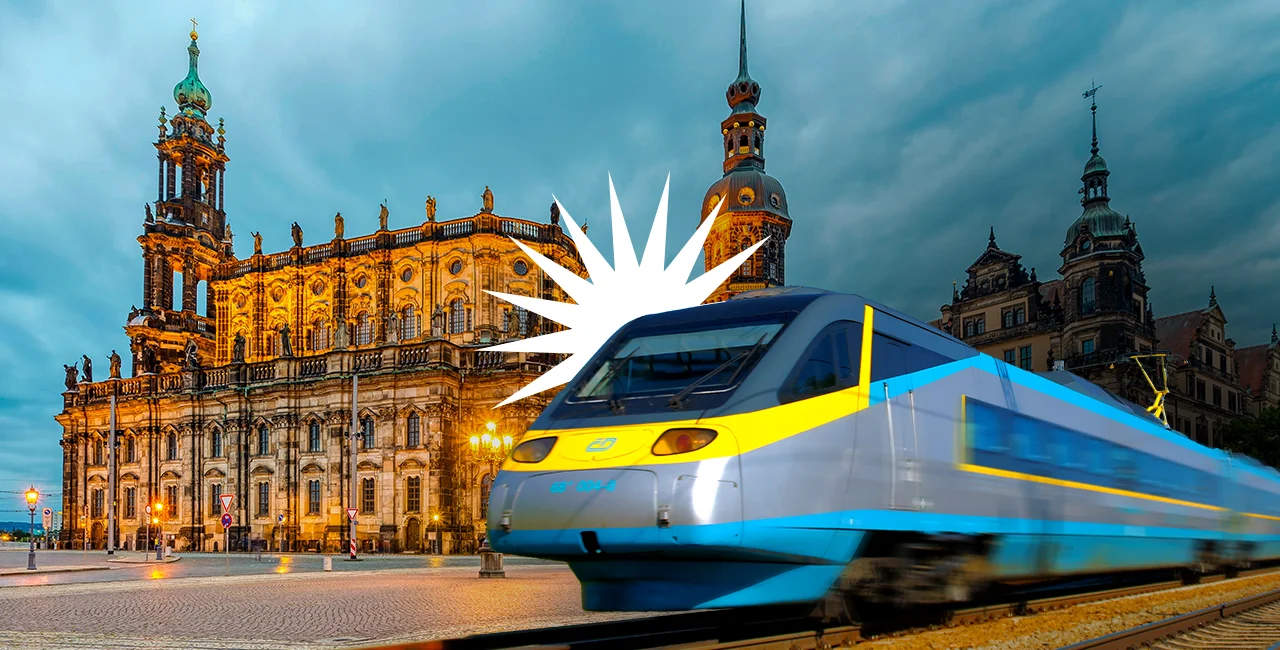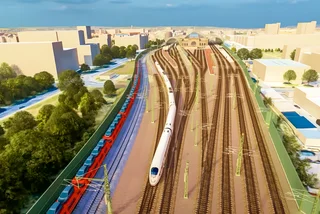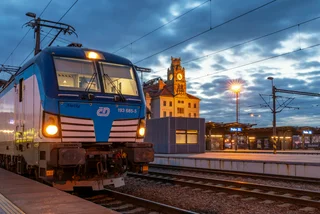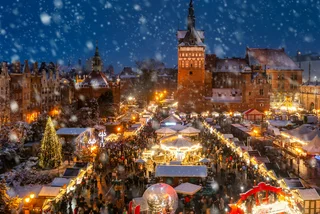Thinking of a quick day trip to Germany? Or living somewhere quieter but still near Prague? A newly approved plan from Prague’s City Council may soon make that much easier.
The city has greenlit an update to its Spatial Development Principles, clearing the way for a high-speed rail corridor between Prague and Dresden, with stops in Ústí nad Labem and future links to Berlin, Brno, Ostrava, and Vienna.
The project speeds up and simplifies cross-border travel. As day trips, business travel, and family visits become far more convenient from Prague, North Bohemia may also become an attractive commuter zone or second-home option for Prague residents.
(Scroll down for tips on how to spend a day in Dresden, even if you’re taking the slow train for now!)
Just how fast is ‘high-speed’?
The new line will cut travel times dramatically: Prague to Ústí nad Labem will take just 26 minutes, while Prague to Dresden will drop to under one hour—less than half the current average of 2.5 hours.
Trains will run at speeds up to 320 km/h, and future connections will extend to Berlin, Vienna, Brno, and Ostrava.
New transport hubs: What’s changing in Prague?
Letňany, in the north of the Czech capital, is set to become a major transport hub with the proposed Terminal Sever, according to Deputy Mayor for Territorial and Strategic Development Petr Hlaváček. This new interchange will link high-speed rail with metro and bus lines, reshaping access to the area.
The terminal is expected to attract investment, drive development, and increase housing and business opportunities in the area.
Is everyone on board?
No. The proposed route has drawn over 600 complaints from residents, including demands for alternative paths and concerns about risks and costs. In Ústí nad Labem, where most construction is expected, locals are apprehensive about noise and traffic disruptions.
Transport Minister Martin Kupka maintains that the government is engaging with communities and planning the project sensitively in cooperation with local authorities.
When is this all going to happen?
Construction on Czech sections, including major tunnels, is expected between 2027 and 2030. German work may begin by 2032. Full completion is anticipated by the mid-2040s, with visible progress likely by the late 2020s.
Why is the current line so slow?
In short, a combination of historical and infrastructure-related reasons has kept speeds relatively low.
Cold War-era rail infrastructure in the region prioritized industrial and military needs over passenger travel, with cross-border routes heavily restricted. After 1989, both Germany and the Czech Republic focused on Western connections and internal upgrades, leaving Dresden–Prague links underfunded and of low priority.
Dresden in a day
- Visit the Zwinger Palace: Arguably the most famous aspect of the city is this 18th-century baroque building with its world-class art collections.
- Walk along Brühl’s Terrace: Stroll the “Balcony of Europe,” dating back to the 16th century, for scenic views of the Elbe River.
- Tour the Frauenkirche: Over 200 years old, admire this church’s stunning dome and panoramic lookout.
- Check out the Albertinum: If you like art, this museum picks up where the Old Masters leave off—featuring Romantic, Impressionist, and modern art.
- Stroll across the Augustus Bridge: On the Neustadt side of the Elbe River, enjoy vibrant street art, indie shops, and nightlife.
- Indulge at Pfund’s Molkerei: Claimed to be the “world’s most beautiful dairy shop,” with a floor-to-ceiling tiles and dairy delights from cheese plates to chocolates.












 Reading time: 3 minutes
Reading time: 3 minutes 


















